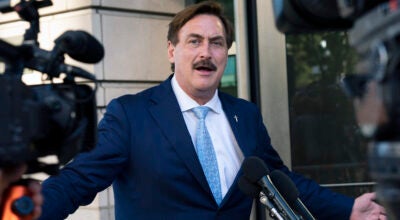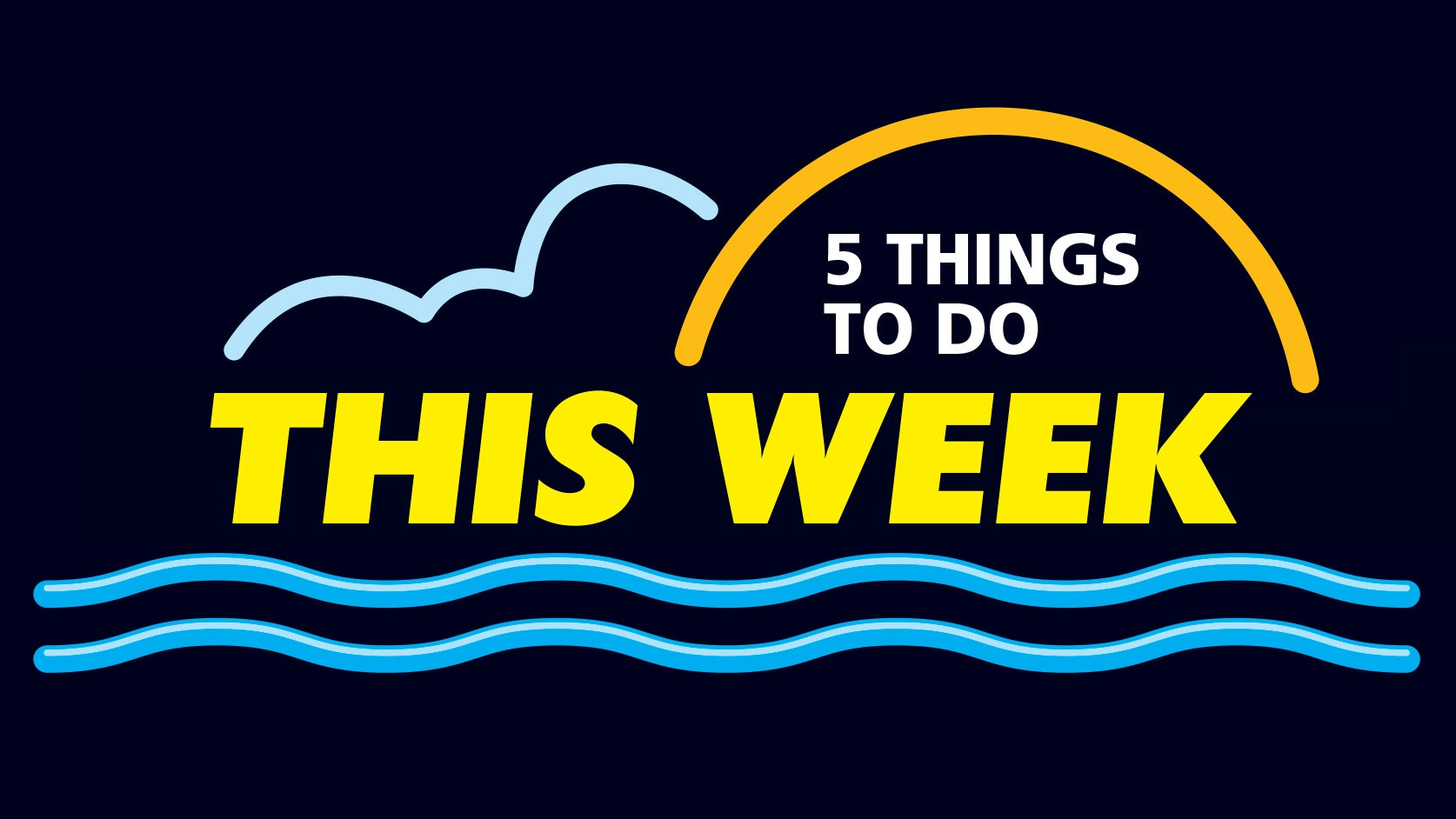What’s the effect of a $15 minimum wage in Minneapolis?
Published 10:00 pm Sunday, June 18, 2017
No other city has wage that high
By Emma Nelson, Minneapolis Star Tribune
In restaurants and garden centers, bookshops and corner stores, hundreds of Minneapolis business owners are trying to predict how a $15 minimum wage would affect their operations and the thousands of workers they employ.
But as the City Council pushes this month toward establishing a $15 minimum wage by 2022, there’s uncertainty how such a policy would play out. No other city nationwide has a minimum wage that high — yet.
Several cities have passed wage ordinances similar to what Minneapolis leaders are considering, but they are phasing the increase in gradually. San Francisco won’t apply its $15 minimum wage to all businesses until 2018. In Seattle, many businesses have until 2021 to comply. Other places, including California and New York City, are also phasing in the wage increase over time.
“We’ve never gone to $15 before,” said Dave Cooper, senior analyst at the Economic Policy Institute, a left-leaning think tank that studies the minimum wage. “I think that what Minneapolis and Seattle and San Francisco are doing now is outside of what has largely been studied, so we’re going to have to watch and see what happens.”
What research is available shows low-wage workers in cities and states that have passed minimum wage ordinances are making more. But some of the small businesses that employ them are struggling with the added costs and are choosing to raise prices or hire fewer people to make ends meet.
In Seattle, the first city to pass a $15 minimum wage ordinance, businesses are dealing with the added cost in different ways, with mixed results. Boutique hotel Inn at the Market has raised its rates. Local restaurant chain Ivar’s eliminated tipping, raised prices and distributed the extra revenue to employees — then backtracked after customers complained.
Christine McDanold, who’s owned Secret Garden Books in Seattle’s Ballard neighborhood since 1995, said she quietly opposed the minimum wage increase while it was being debated at City Hall.
“It was a very interesting position to be in, because most of my customers are very, very liberal and wanted to fight for justice and would’ve been shocked to hear how poorly their neighborhood bookseller was paid,” she said.
Now she’s considering cutting back on book fairs and events to save money to cover the wage increase for employees.
Jonathan Weinhagen, president and CEO of the Minneapolis Regional Chamber of Commerce, said his organization has assessed how the $15 minimum wage has rolled out in other parts of the country. But many of those places are different in size and geography from Minneapolis, he said, so it’s hard to make comparisons.
“By and large, this is a political movement,” he said. “It doesn’t really assess the local landscape.”
Other economic factors
Researchers at the University of Washington have been tracking the impact of Seattle’s minimum wage increases. A lot of the team’s work involves trying to untangle the new minimum wage from other economic factors to figure out what effect it’s having.
“We’re sort of going into this experiment without a whole lot of data on whether it’s really going to work or whether it’s actually going to backfire,” said Jacob Vigdor, a professor leading the research.
The research that Vigdor’s team has published so far looks only at 2015, when Seattle’s minimum wage rose from the $9.47 state minimum to as much as $11 an hour — a change that “was pretty close to a break-even event in the labor market,” Vigdor said.
At the same time, the cost of living in Seattle keeps going up. It’s getting harder for employers to find low-wage workers because those workers can’t afford to live in the city, Vigdor said. As a result, the low end of the labor market is shrinking — but that’s been going on since 2012, he said.
Jen Doak, owner of the restaurant Brimmer and Heeltap, said she’s using a 20 percent service charge to pay the new minimum wage. Employees who used to get tips are making about the same under this new model, she said, and kitchen staff are making more.
Still, Doak said she has employees who are struggling to afford to live in the city. A lifelong resident, even she is uncertain how long she’ll be able to stay.
“I completely support the minimum wage increase,” she said. “That being said, it’s nowhere near enough for most people to sustain themselves.”
Some small businesses have started paying the $15 wage sooner than the ordinance requires, in an effort to compete against larger businesses for talented employees. But the increase has posed challenges for younger, inexperienced workers, business owners say.
The wage increase “made me kind of unlikely to hire high school kids,” said Magnolia Garden Center owner Margaret Flaherty. “The wage is just too high for the experience and value they can bring to my business.”
At Seattle Pacific University, where about half the school’s 3,300 undergraduates hold on-campus work-study jobs, students are paying higher tuition to cover the $1.4 million cost of the new higher wage.
Mpls. businesses wait
The Minneapolis City Council released details of its proposed $15 minimum wage ordinance June 6. A public hearing is scheduled for Thursday, and a vote could happen by the end of the month.
As proposed, the ordinance would require both large and small businesses to pay $15 an hour by the summer of 2022, without counting tips as wages. Younger workers could be paid a “training wage” for 90 days rather than the full $15.
Jane Elias founded the arts nonprofit Simply Jane Studio in south Minneapolis about a decade ago and said she’ll likely have to cut some programming to absorb the cost of the higher wage. She would also consider leaving the city, she said.
“Minneapolis has so many restrictions and regulations as it is. It’s almost impossible to do business,” she said.
Minneapolis city staff are recommending an annual review of the minimum wage as it unfolds, and city officials are looking at ways to work with businesses after the ordinance passes, said Council Member Elizabeth Glidden, its chief author.
“I feel grounded in reality in the sense that I believe what we’re hearing is that, yes, there will be impacts,” she said, adding that she wants to hear more ideas from business owners about how to make a $15 minimum wage work for them.
Karen O’Connor, who owns Mother Earth Gardens in south Minneapolis’ Longfellow neighborhood, said she’s already trying to figure out where she can raise prices depending on how popular items are — tomato plants sell more than hats, for example — to accommodate the wage increase.
But she still has questions about how the ordinance will work, including the training wage, which she said she would need to use to keep hiring teenage cashiers in the summer.
“I’m kind of just crossing my fingers,” she said.





